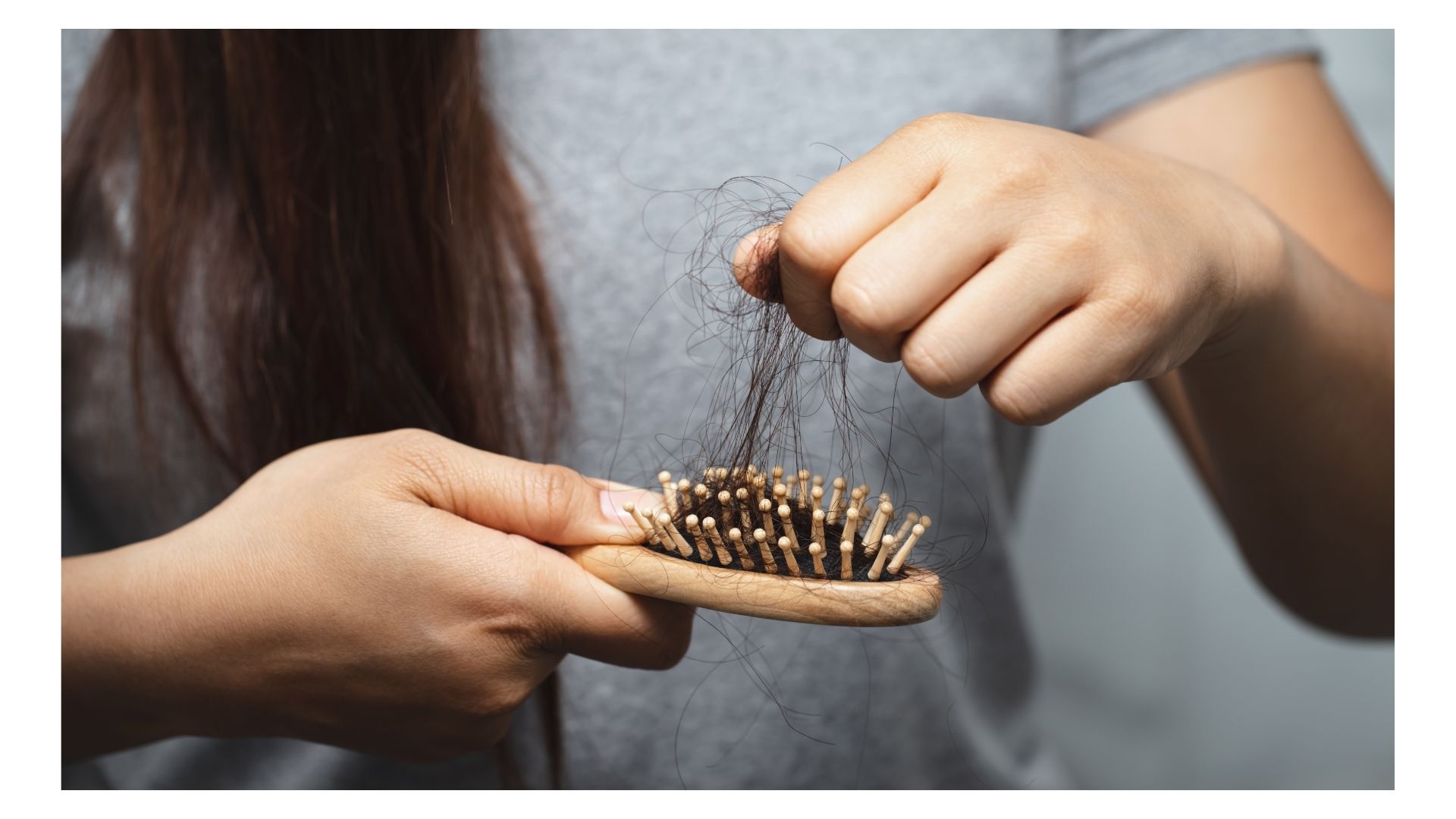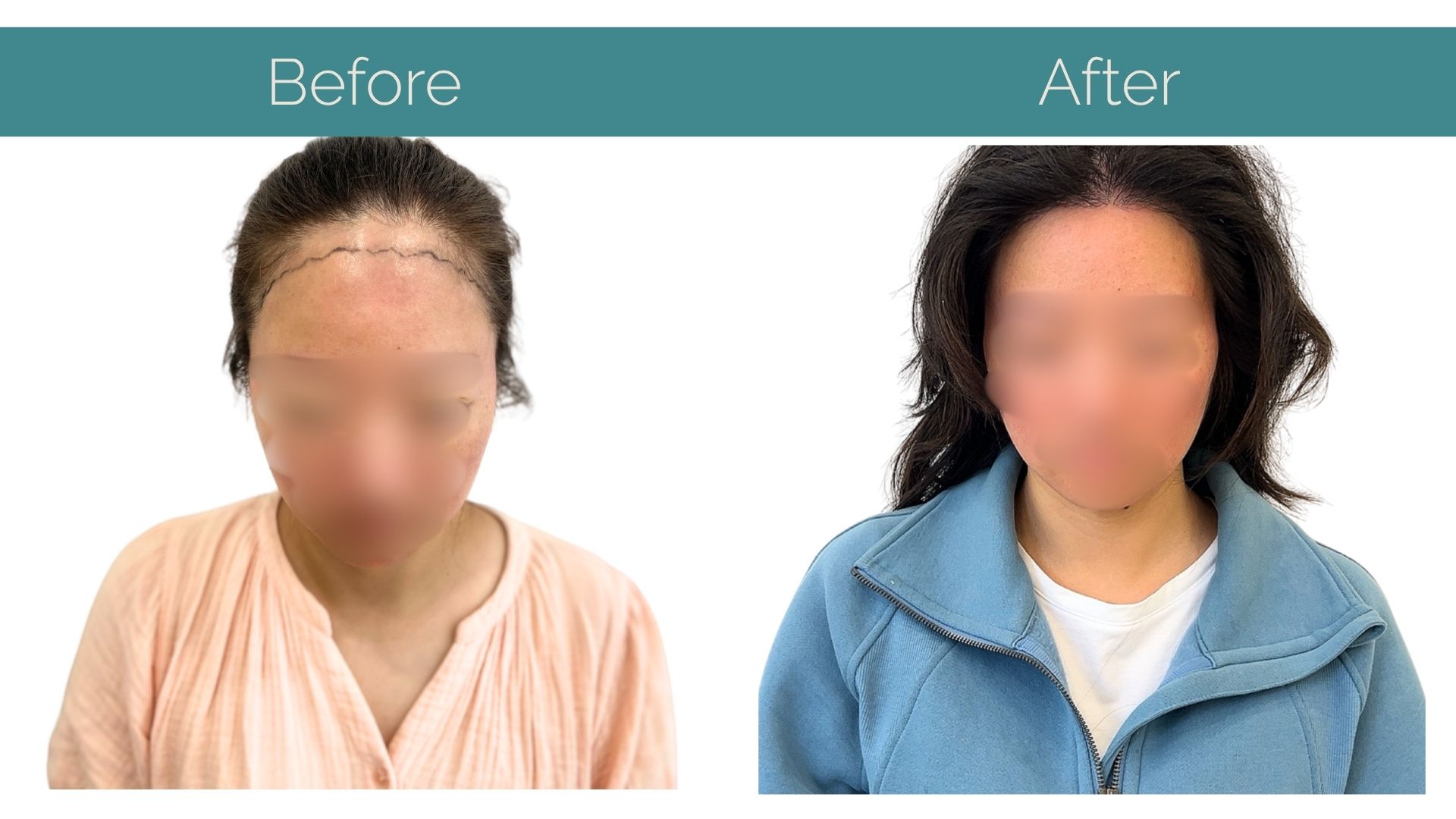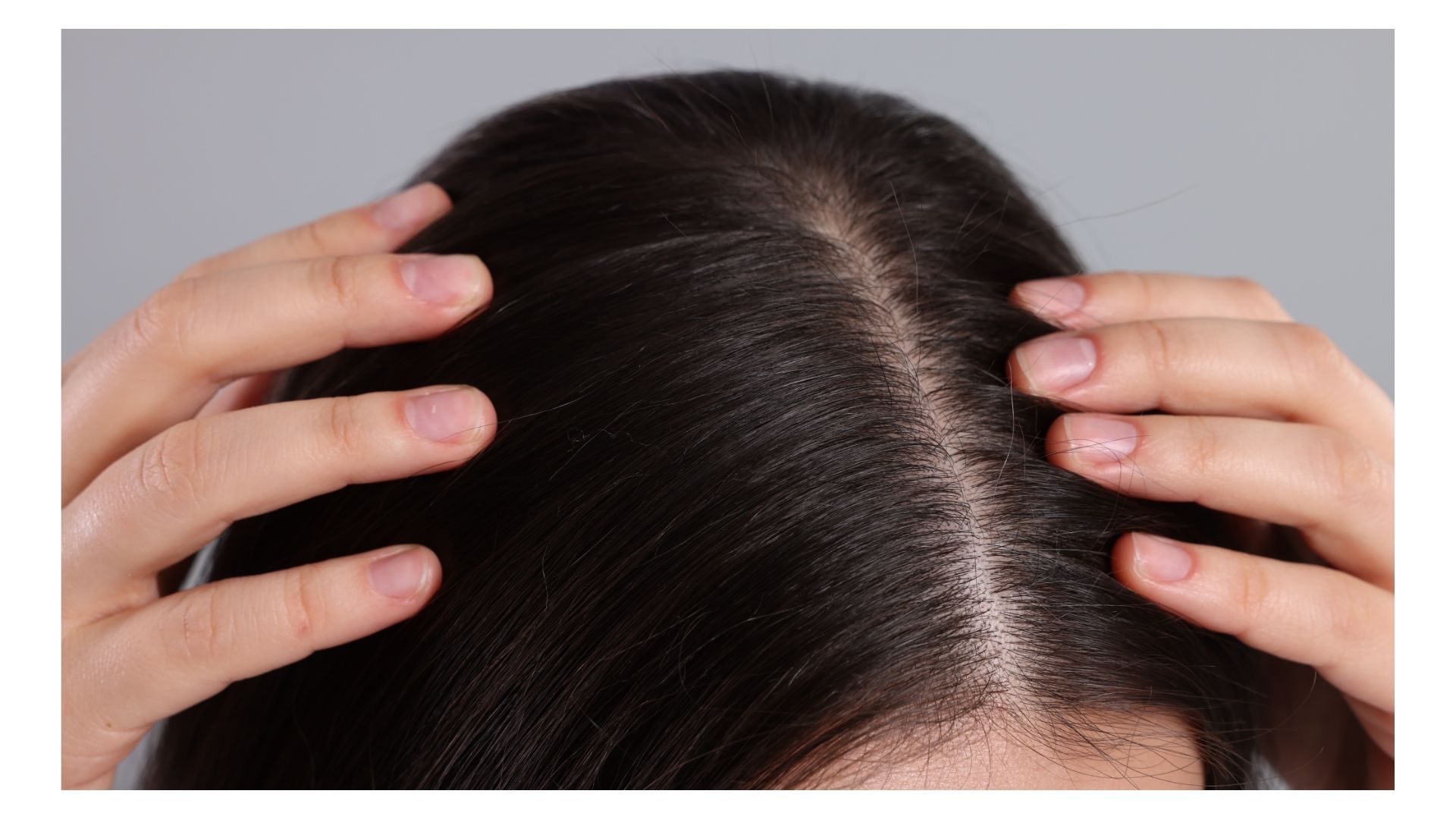For many, hair isn’t just hair; it’s a core part of their identity. And while dozens of treatments promise to slow, reverse, or “cure” baldness, the reality is often less hopeful.
But now, a new player is stirring excitement in scientific circles: PP405.
Discovered by researchers at UCLA, this molecule isn’t just another hair loss supplement or quick-fix serum. It could represent a new frontier in the treatment of baldness.
So, what exactly is PP405 – and can it live up to the hype?
Understanding the Hair Growth Cycle
Before diving into PP405, it helps to understand how hair actually grows.
Hair follicles follow a predictable cycle with three main phases:
- Anagen (Growth phase) – where the hair actively grows
- Catagen (Transition phase) – a short rest period
- Telogen (Shedding phase) – where the hair falls out and the cycle restarts
In people with pattern baldness (also known as androgenetic alopecia), the anagen phase becomes shorter, and more follicles remain stuck in the telogen phase. Over time, hair becomes thinner and may stop growing altogether.
Most current treatments – like Minoxidil or Finasteride – try to slow this process. But what if you could actually restart the growth cycle?
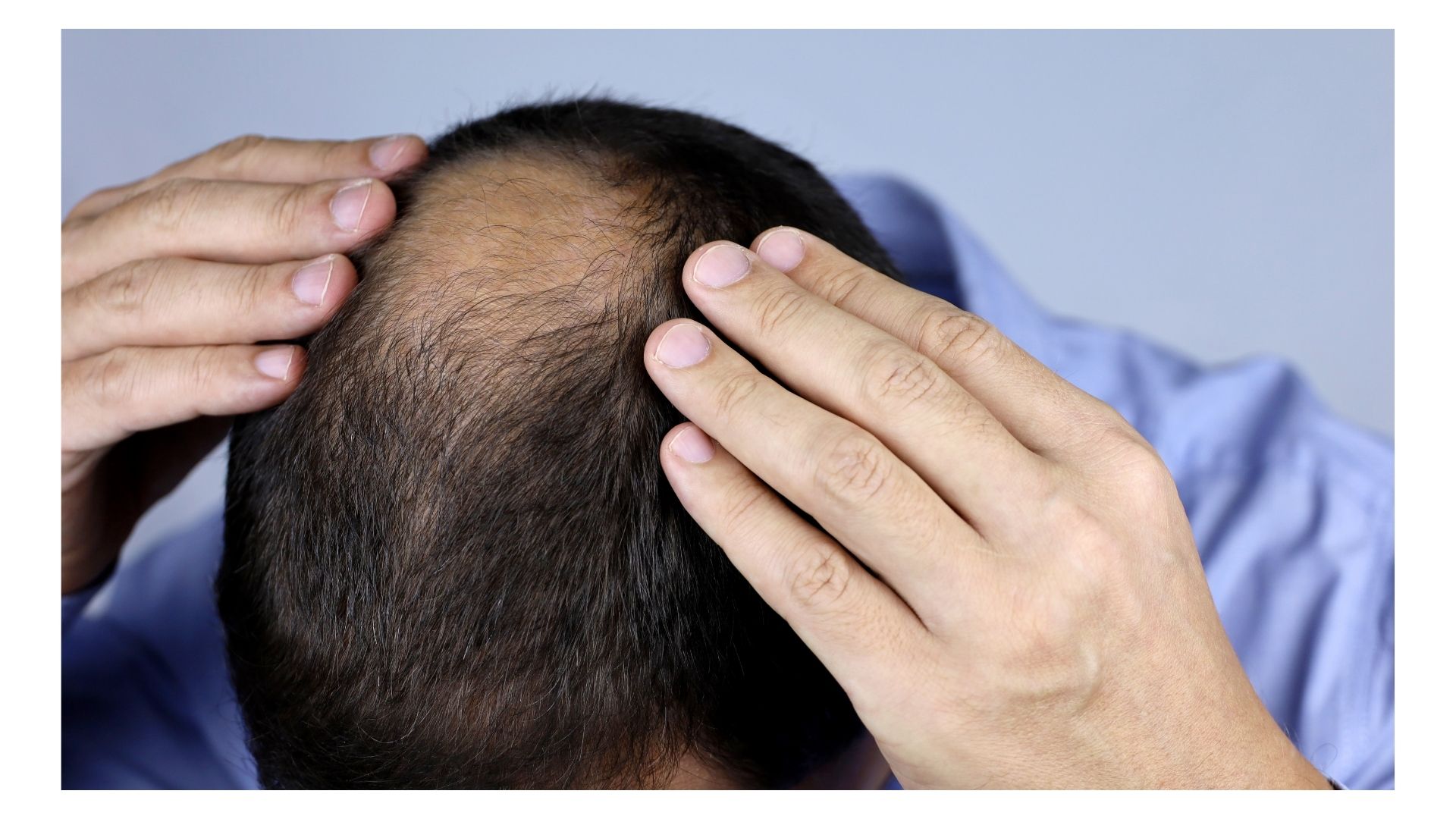
What Is PP405?
PP405 is a newly discovered molecule designed to wake up dormant hair follicles and push them back into the anagen phase. Some researchers have even referred to it as “coffee for your scalp,” due to the way it jumpstarts hair activity.
In lab studies and animal trials, PP405 has shown potential in rejuvenating hair growth without relying on the hormonal manipulation that other treatments often require.
The molecule works by potentially activating the Wnt/β-catenin signalling pathway, which plays a vital role in regulating the hair growth cycle. In addition, it may also interact with dermal papilla cells – the very foundation of hair follicle development and regeneration.
The idea? Flip the biological “growth” switch back on.
How Does It Compare to Current Treatments?
Most people facing hair loss are familiar with Minoxidil and Finasteride – two of the most widely used solutions. Each has its strengths, but also its downsides:
Minoxidil: Available over the counter, it increases blood flow to the scalp, potentially stimulating growth. But it must be used continuously and doesn’t work for everyone.
Finasteride: A prescription medication that blocks DHT (the hormone responsible for hair loss). It’s often effective but comes with concerns around side effects – especially related to libido and mood.
PP405 offers a potential new path – one that doesn’t interfere with hormone levels and might be formulated as a simple topical application. This could be game-changing for individuals who’ve had to weigh the benefits of treatment against unwanted side effects.
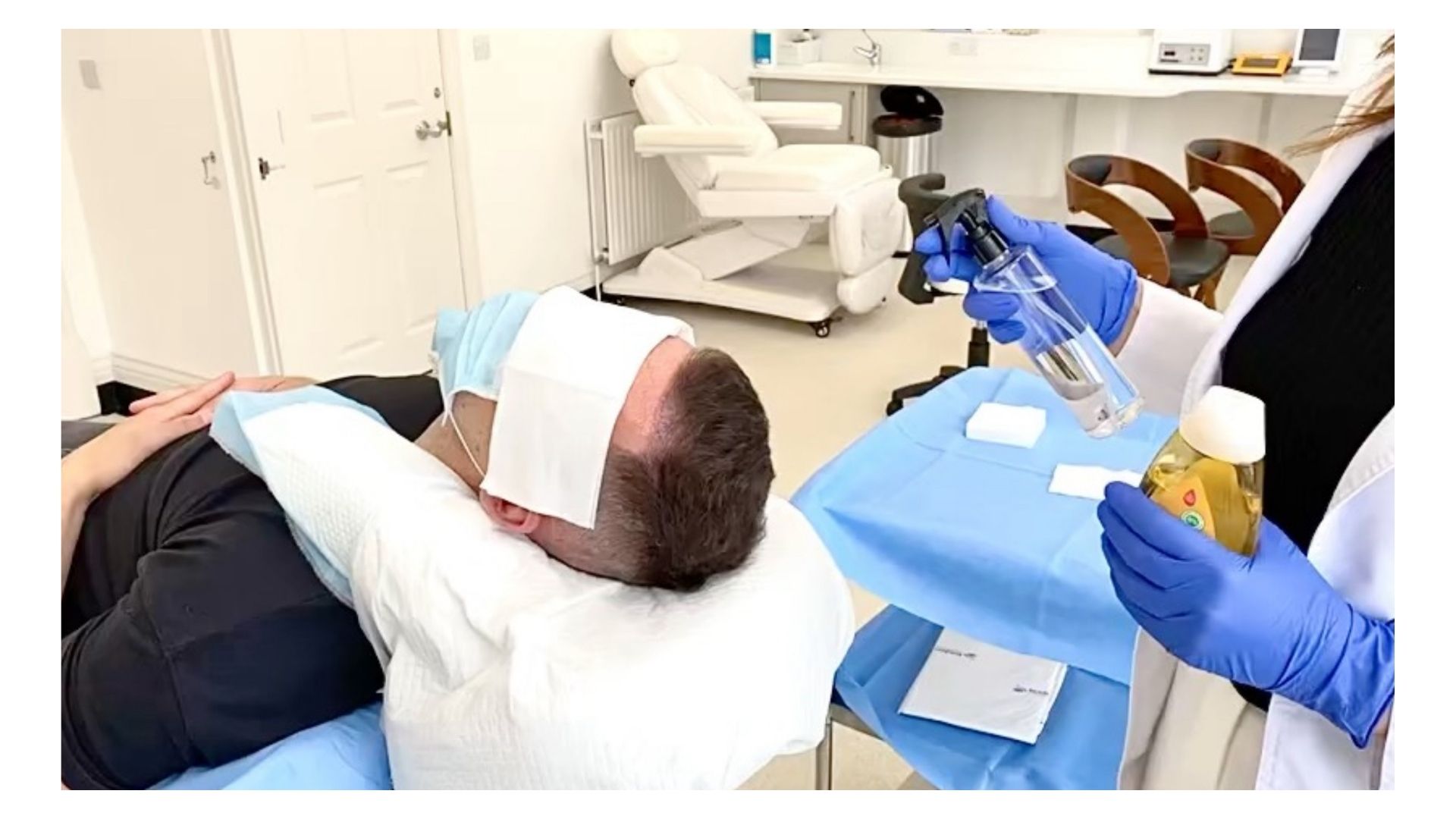
Does It Actually Work?
Let’s be clear: PP405 is still in early clinical trials. The molecule has advanced to Phase 2a trials, where small groups of human participants are being studied for safety and effectiveness.
While the lab and animal data are encouraging, we’re still years away from widespread availability – possibly five to seven years, if everything goes well.
As one cautious patient put it: “I’ve become a hopeful sceptic.”
And that’s the right attitude to adopt. Until we have more concrete data from larger trials, PP405 remains a scientific promise – not yet a proven solution.
The Benefits and Unknowns
If PP405 delivers on its early potential, it could transform the hair loss landscape in several important ways:
Potential Benefits:
Non-hormonal treatment: Ideal for those sensitive to current medications
Topical application: Avoids systemic side effects linked with oral pills
Follicle regeneration: Could restore hair, not just prevent further loss
However, we must also acknowledge what’s still unknown:
Long-term safety and side effects, which types of hair loss it treats best, frequency and duration of use, cost and accessibility and finally, as with all experimental therapies, cautious optimism is advised.
What Should You Do in the Meantime?
Tempted to scour the internet for PP405? Don’t. Any products claiming to contain PP405 right now are unregulated and likely unsafe. Stick with treatments that are backed by clinical evidence and widely available.
Here are the main options to consider:
1. Minoxidil
This is available in foam, liquid, or oral forms, it works best when used consistently and can slow loss and encourage mild regrowth.
2. Finasteride and Other DHT Blockers
This is a prescription only option, it’s known to be especially effective for men and its potential side effects include reduced libido and mood changes.
3. Topical Blends
These are generally custom-compounded solutions (e.g. topical finasteride, spironolactone) and are increasingly popular, especially among women.
4. Platelet-Rich Plasma (PRP) Therapy
PRP therapy involves injecting your own platelets into the scalp. 2022 and 2020 reviews support its ability to improve hair density and stimulate growth. Also it’s a non-surgical option with minimal downtime.
5. Hair Transplants (FUE)
FUE hair transplants are a reliable option for more advanced hair loss. They involve relocating healthy follicles to thinning areas and can deliver permanent results with proper aftercare.
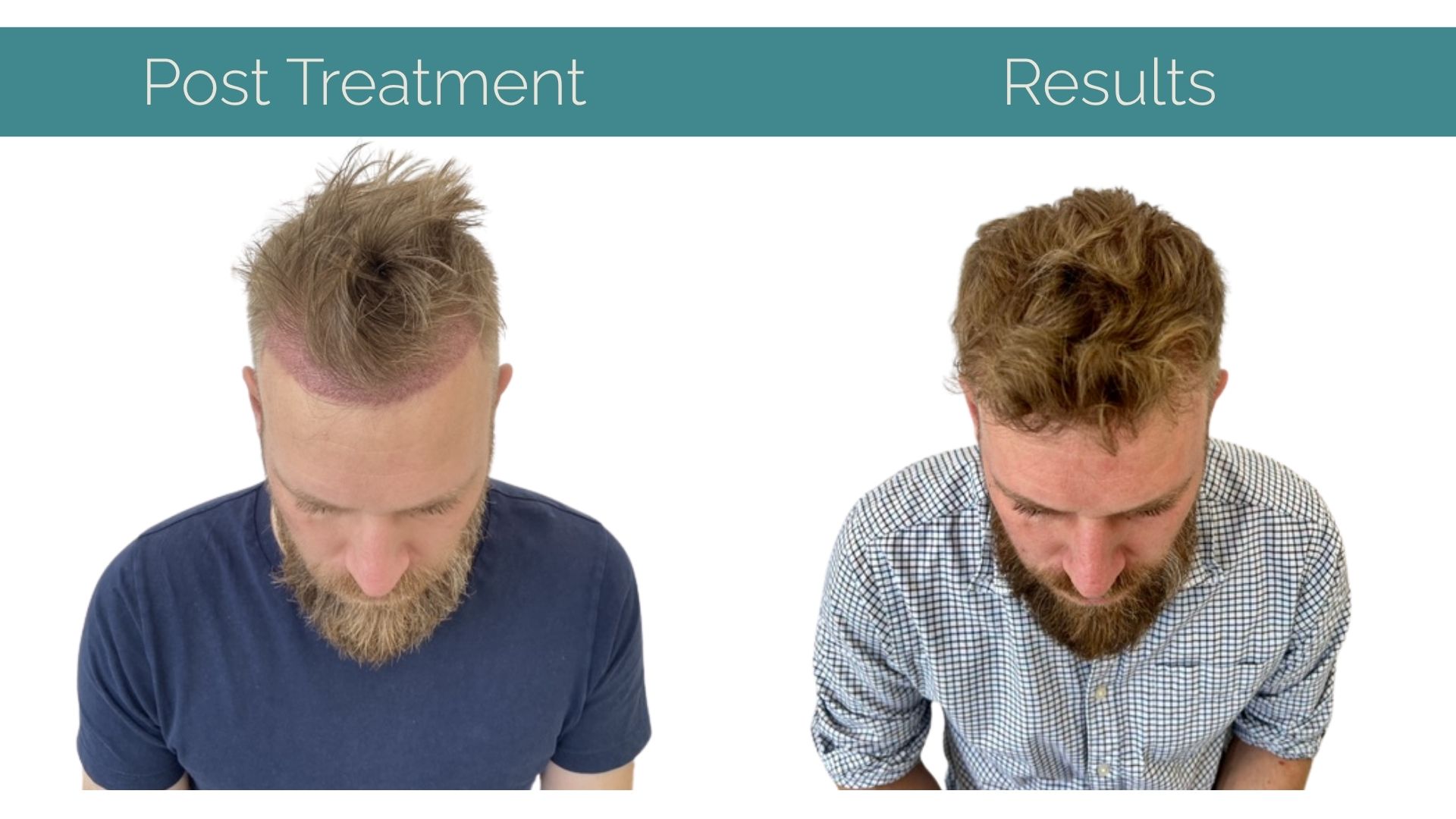
The Bigger Picture: Confidence, Science, and Patience
It’s easy to get swept up in the excitement of a new breakthrough – especially when the pain of hair loss is personal and ongoing.
But it’s important to remember that even the most promising innovations take time. From lab bench to pharmacy shelf, a treatment like PP405 must pass multiple layers of testing for safety, efficacy, and regulation.
Until then, the best approach is informed patience. Speak with a qualified hair restoration specialist, like our team at IK Clinics, or dermatologist, explore what’s currently available, and avoid falling for unproven solutions that promise the world but deliver disappointment.
Final Thoughts
PP405 might just represent a new era in hair restoration – one grounded in regeneration rather than suppression. If it lives up to its promise, it could offer hope to millions dealing with hair loss who haven’t responded well to existing treatments.
But for now, that hope is still in the lab.
So, don’t wait for the miracle. Be proactive. Use what’s clinically available. Talk to professionals. Because while PP405 is exciting, your confidence and well-being are too important to put on hold.
When it comes to hair loss, science is catching up. And with a little patience, the future might just look a little fuller.
About IK Clinics
At IK Clinics, we are proud to stay at the forefront of global hair restoration trends, offering a variety of advanced techniques to meet the diverse needs of our clients. From FUE, PRP to Stem Cell Therapy, we ensure that every client’s treatment is tailored to their personal goals, helping them regain not just their hair but also their confidence.
Interestingly, we don’t just stop at hair restoration treatments, our highly skilled team also offers a range of anti-aging treatments.
